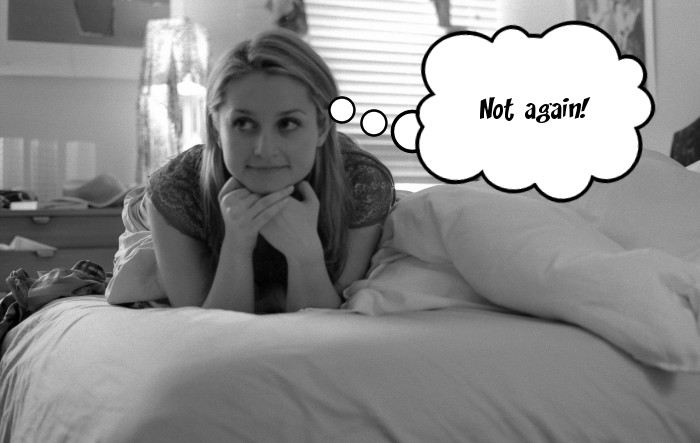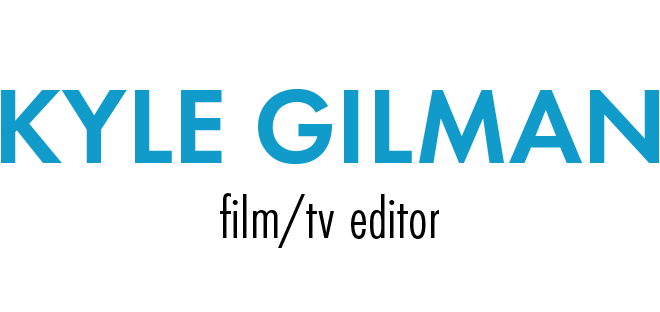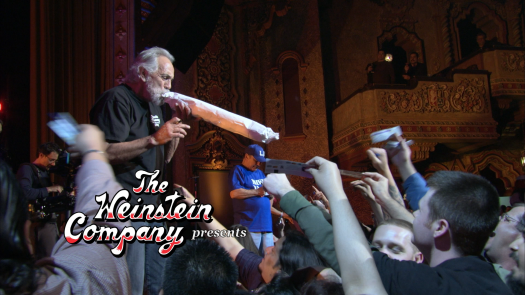So this might end up being a moot point if Congress bans them, but I’m seeing a lot of FUD going on about Film Futures Exchanges and not a lot of discussion about what we can reasonably expect to happen with them. As I understand it, traders would be able to purchase contracts with prices that are related to the opening weekend theatrical box office numbers. They would also be able to do short sales, betting that a film will fail to live up to the expectations of the market.
So, let’s put a few things aside first. Yes, this turns an artistic pursuit into a commodity like cattle. I don’t care about that. If you don’t consider filmmaking a business then you should move to Europe. Another big complaint I’m hearing is the possibility of rampant insider trading. Um, sure. If you think you can judge a film’s success on opening weekend just by, you know, watching it, then by all means give that a shot.
I am concerned that the entire market seems to be based on opening weekend box office numbers. I really dislike the rampant fascination with these numbers. And for a futures market, I wonder how they could take into account a slow-rollout theatrical release where you start in one theater in NY on the first weekend but eventually open in a few hundred theaters over several weeks. The obvious answer is that nobody cares about these movies. All the trading will be concentrated on the super-giant films that will dominate the box office by opening on 7000 screens in 4D with ticket prices running $25. And these box office numbers have only a tangential relationship to the money coming back to the producers of the film. The numbers are only reporting the amount of money that theaters charged for admission to the films, with no accounting of the deals they’ve made with the distributor, and what deals the distributor has with the producers. They are big fun numbers for everyone to look at in handy chart form in The USA Today.
My main interest in this debate is the claim I have seen that a film futures market would increase the money available to film producers. That perked me up. But I’ve never seen a good example of how this will work. Let’s take an imaginary investor who wants to give an indie producer money to make a movie. This investor is dumb. He will never get his money back. He would be better off buying some CDOs from Lehman Brothers. But let’s say he goes ahead anyway for his own reasons. Maybe he likes movies or something. So he invests $1 million in this great little film. And the movie is really great. So he goes to a futures exchange and buys a bunch of contracts. (Would that be legal?) If the movie does really well on its opening weekend, he’ll make a bunch of money. But the odds are this $1 million movie won’t make much money on its opening weekend. He’d be better off shorting the film if he could get some sucker to go to bat for the film (if you’re selling short, somebody else has to go long). Is this what Lionsgate’s chairman means when he says it will “substantially widen the number and breadth of financing sources available to the motion picture industry by lowering the risk inherent in such financing.” This is what’s known as hedging, right? Otherwise it seems like just an additional investment in the success of your film, which is increasing your risk if it doesn’t succeed (or at least make a bunch of money at the box office on its opening weekend).
But let’s say our imaginary investor doesn’t feel comfortable shorting his own film. Wouldn’t he be better off investing additional money in the marketing and distribution of our little indie that could? He’s in this for the long haul. He may be dumb, but I hope he knows nobody makes their money back in the theatrical market. He can make a lot more over the years on DVD, television, the Internet, etc. So given the choice between a one-weekend contract on a product that will last for many years or an increased investment in the film itself, the answer seems obvious.
This is probably not the kind of investor anyone is talking about. They’re probably talking about hedge funds and banks who would invest in slates of films. I suppose the opportunity to mitigate their risk via futures contracts could entice them to invest in more films, but basing their hedging on opening weekend box offices seems even more risky. I would hope that anyone putting up big bucks would know better than that.
UPDATE: The A.K.A. Indie Film Blog gives a much better explanation of the reality of Film Futures Exchanges. It explains how in certain situations an investor might mitigate their risk. What it also explains is that only films opening on a lot of screens are going to be listed on this exchange and as I suspected, small indie films are not going to get anything out of this.






